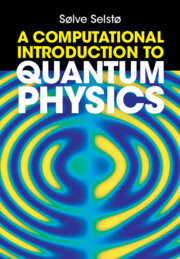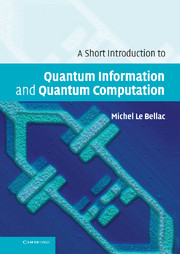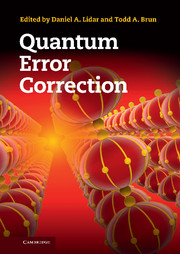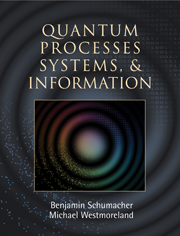A Computational Introduction to Quantum Physics
This concise textbook introduces an innovative computational approach to quantum mechanics. Over the course of this engaging and informal book, students are encouraged to take an active role in learning key concepts by working through practical exercises. The book equips readers with some basic methodology and a toolbox of scientific computing methods, so they can use code to simulate and directly visualize how quantum particles behave. The important foundational elements of the wave function and the Schrödinger equation are first introduced, then the text gradually builds up to advanced topics including relativistic, open, and non-Hermitian quantum physics. This book assumes familiarity with basic mathematics and numerical methods, and can be used to support a two-semester advanced undergraduate course. Source code and solutions for every book exercise involving numerical implementation are provided in Python and MATLAB®, along with supplementary data. Additional problems are provided online for instructor use with locked solutions.
- Helps readers to develop a more intuitive understanding of quantum physics by making the subject tangible and visual
- Encourages readers to use both analytical and numerical methods to solve problems
- Covers a wide range of quantum phenomena including tunnelling, interference and quantization, and includes a focused chapter on quantum technology and applications
Reviews & endorsements
'This book provides a well-written and carefully structured course on computational quantum mechanics, and its many exercises, with provided solutions, facilitate active learning both of physics and of numerical computing … This book will be very useful for undergraduate and graduate students interested in adopting modern methodologies for their learning by applying computational resources to intermediate to advanced quantum mechanical concepts.' Christian Hill, author of Learning Scientific Programming with Python (2nd ed., 2020) and Python for Chemists (2023)
'Selstø's book is an outstanding introduction to the world of quantum mechanics from a practical and computational, yet rigorous and comprehensive, perspective. For a student, the book is highly engaging, approachable, and it provides an exceptional pool of pedagogically guided exercises. I would highly recommend this book for teachers and students, as both a coursebook and self-study material.' Esa Räsänen, Tampere University
'This book takes the reader from the basics of quantum theory to the core of a range of topics that define the research front of quantum-based sciences. It is an easy-to-read, modern text, with illustrative examples and problems of an analytical and numerical nature. I would recommend the book for any intermediate quantum mechanics course!' Jan Petter Hansen, University of Bergen
'This book presents, delightfully, a large number of practical tasks on both foundational topics and modern applications, with code provided online. More than a collection of exercises, yet less than a complete monograph, this feels like a workbook, in that the text screams out to be worked through … Students of quantum physics who wish to see what the abstract formalism implies in practice are in for a treat.' Alexandros Gezerlis, University of Guelph
'I think the projects are excellent and will help students understand the topics.' Morgan Besson, Villanova University
Product details
April 2024Hardback
9781009389631
196 pages
260 × 185 × 15 mm
0.551kg
Available
Table of Contents
- Preface
- 1. The wave function
- 2. The Schrödinger equation
- 3. The time-independent Schrödinger equation
- 4. Quantum physics with several particles – and spin
- 5. Quantum physics with explicit time-dependence
- 6. Quantum technology and applications
- 7. Beyond the Schrödinger equation
- 8. Non-Hermitian quantum physics
- 9. Some perspective
- References
- Index.






